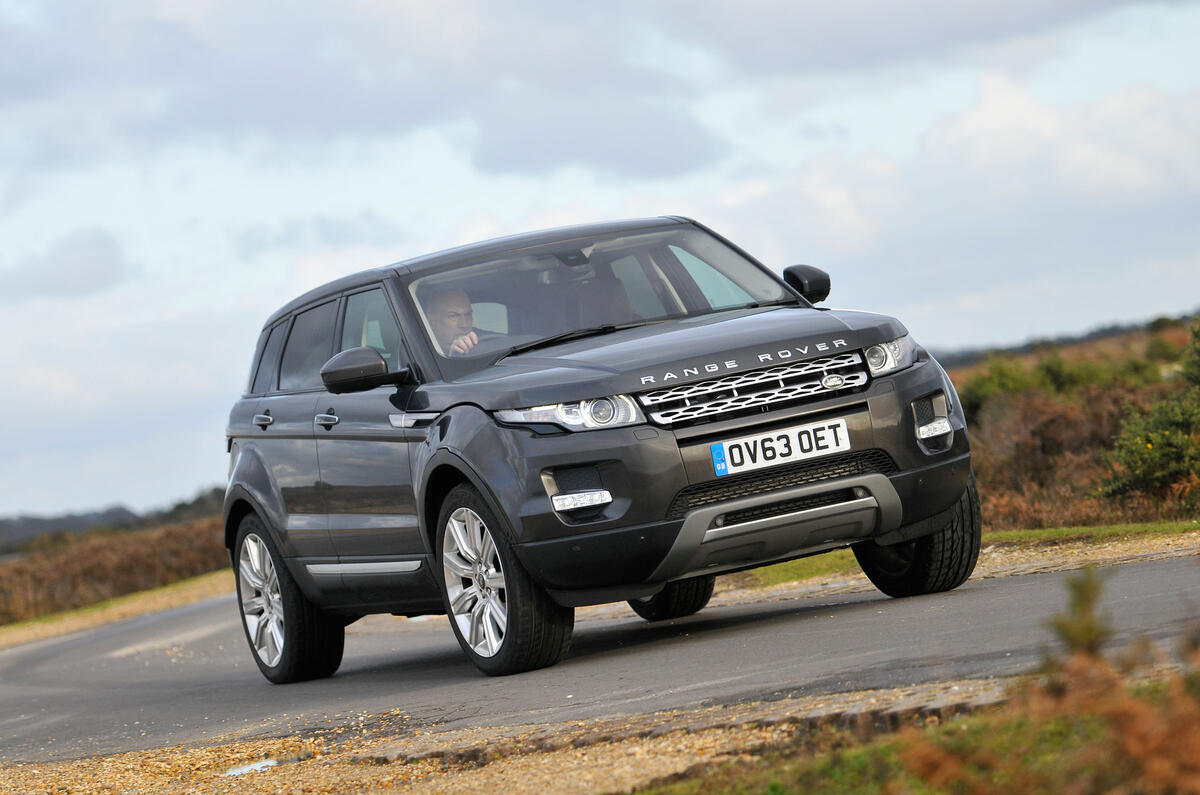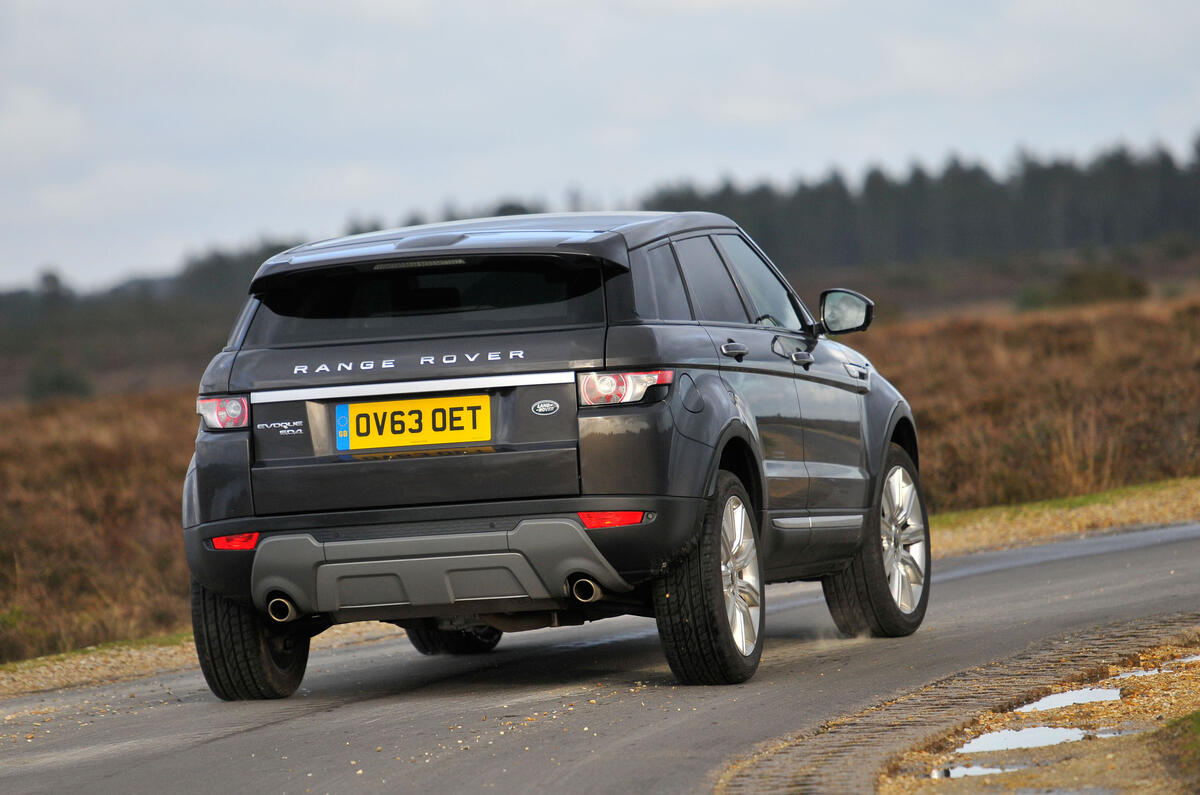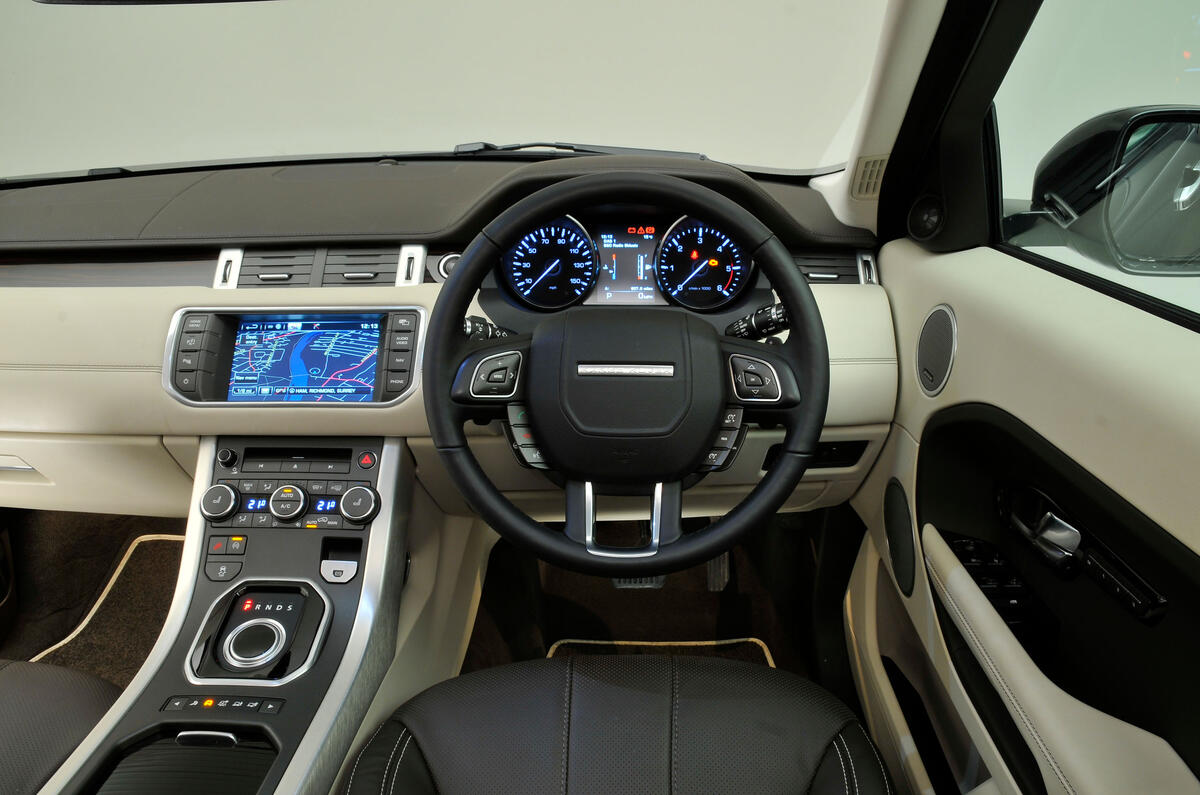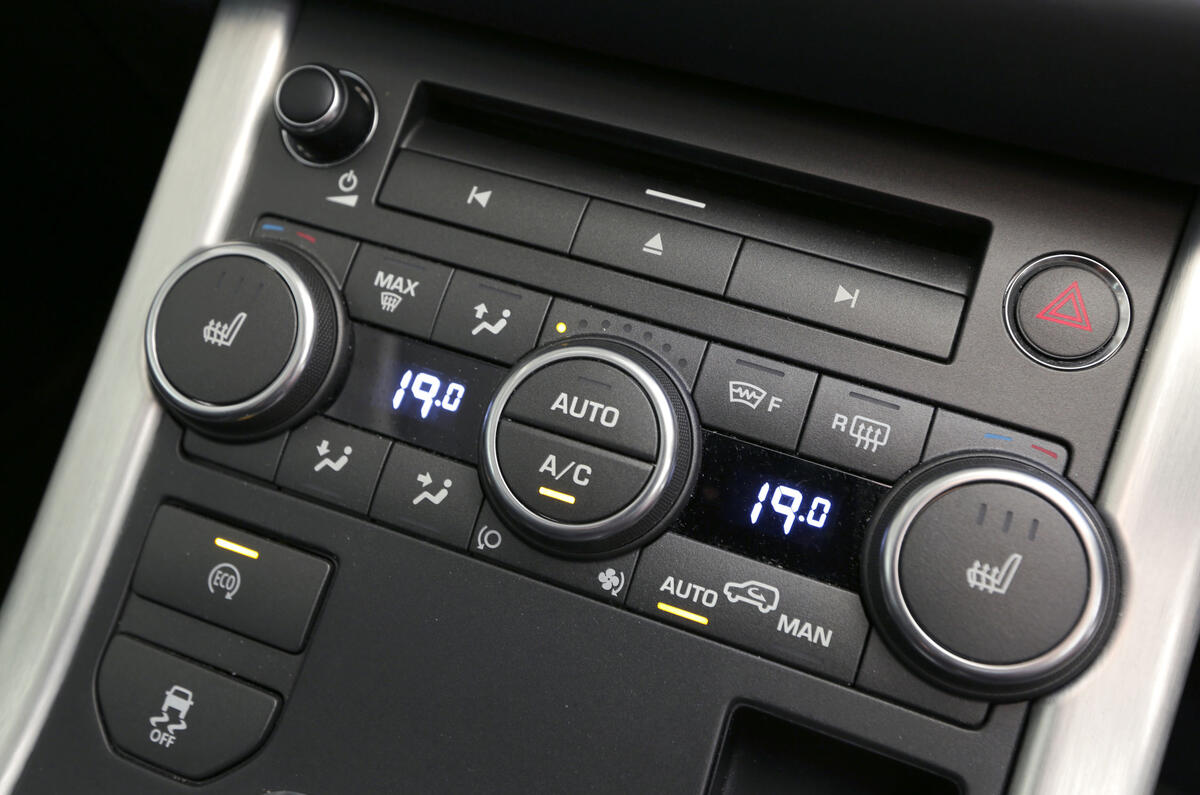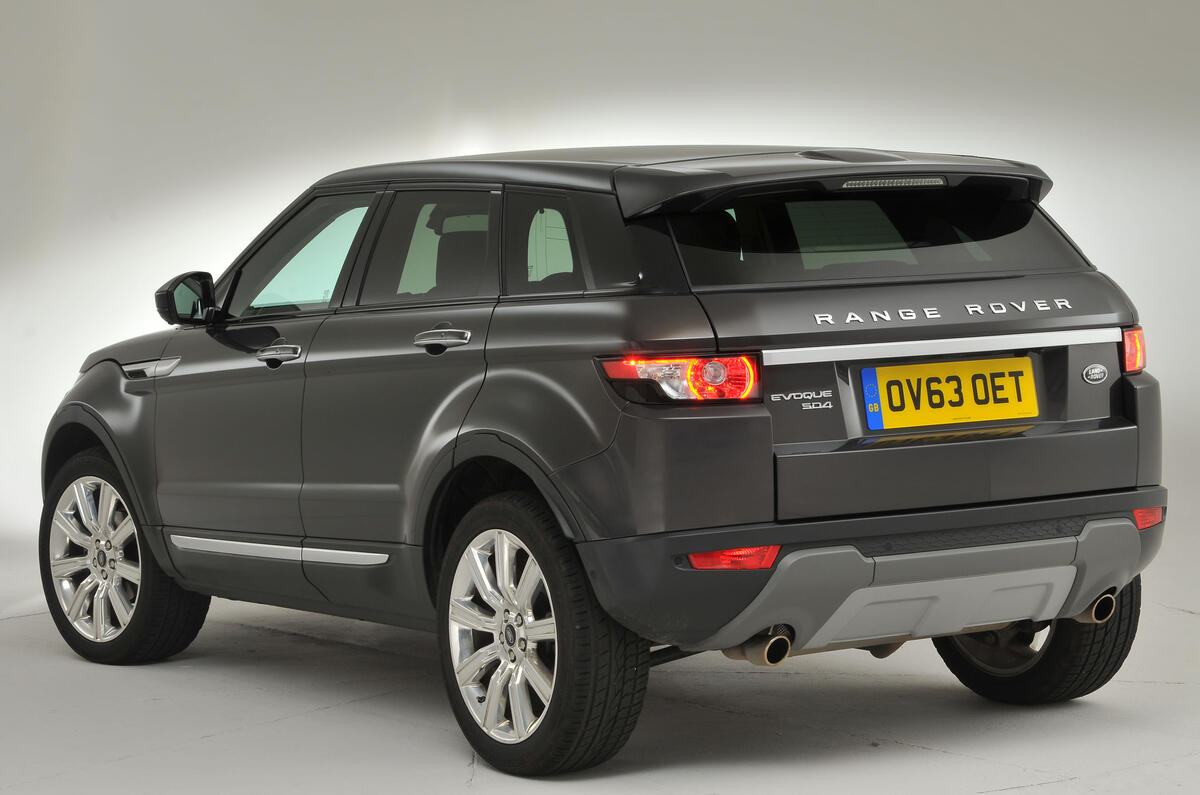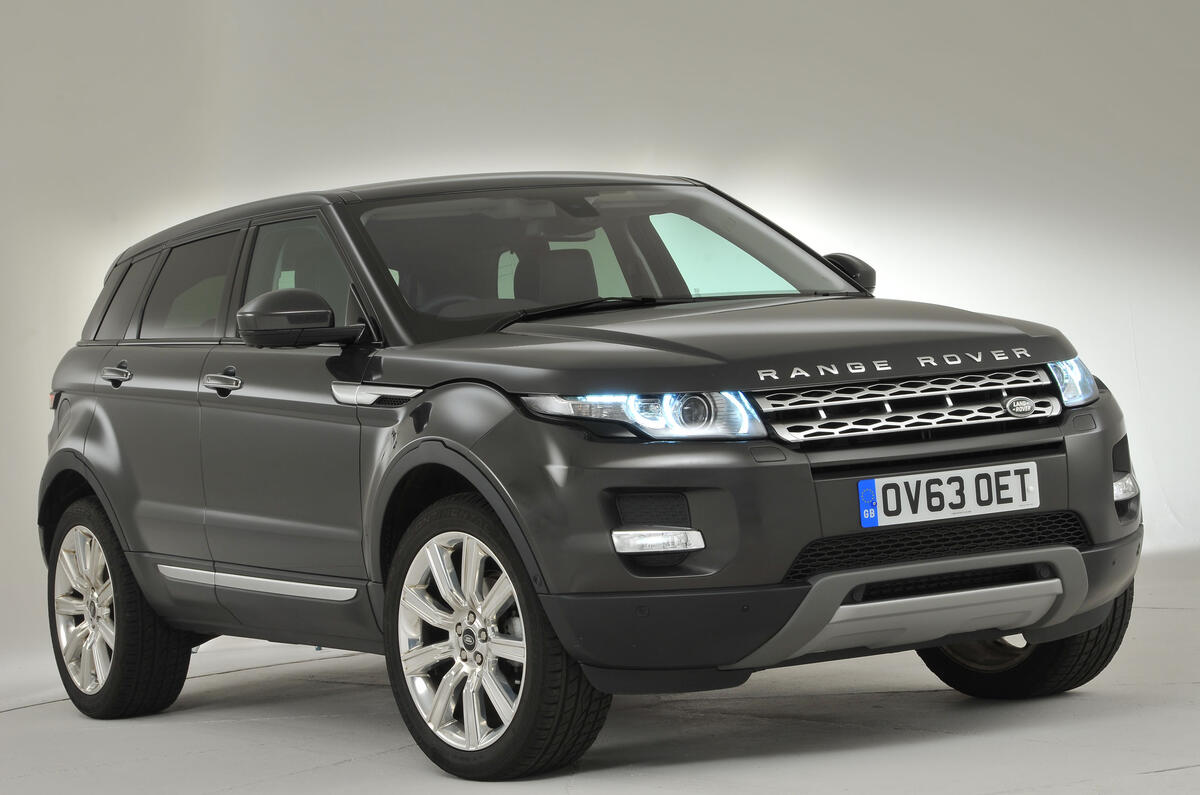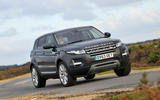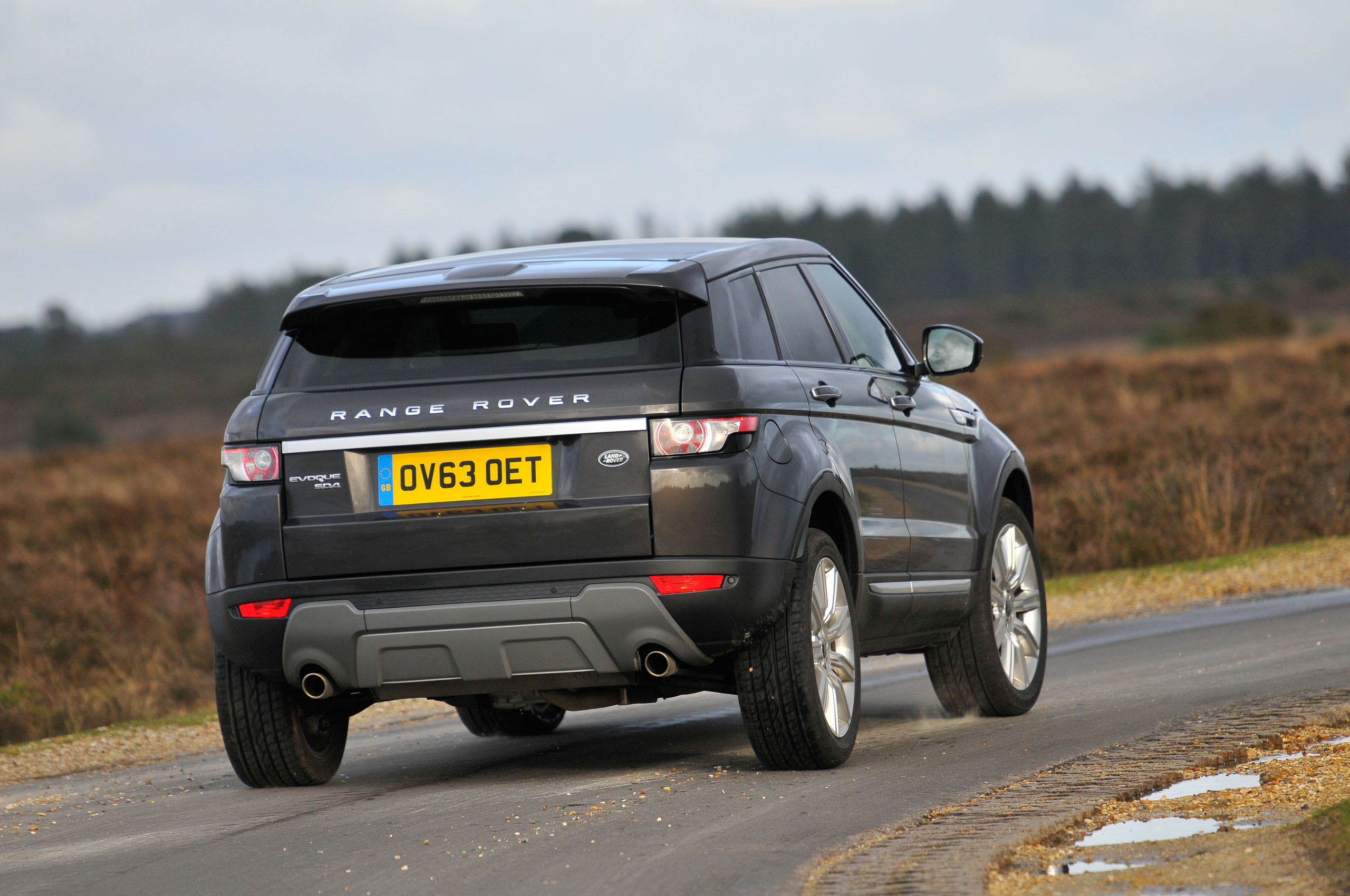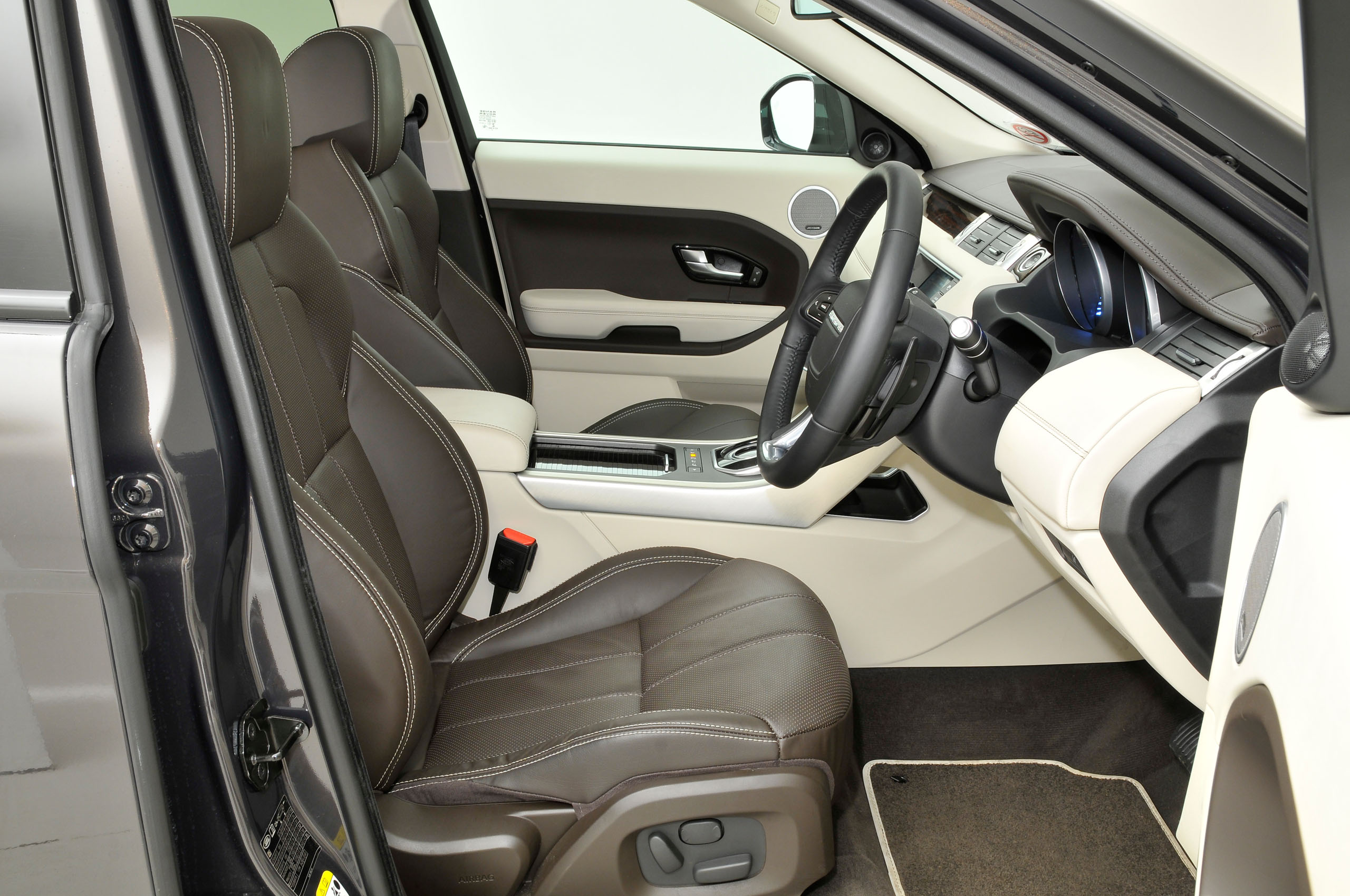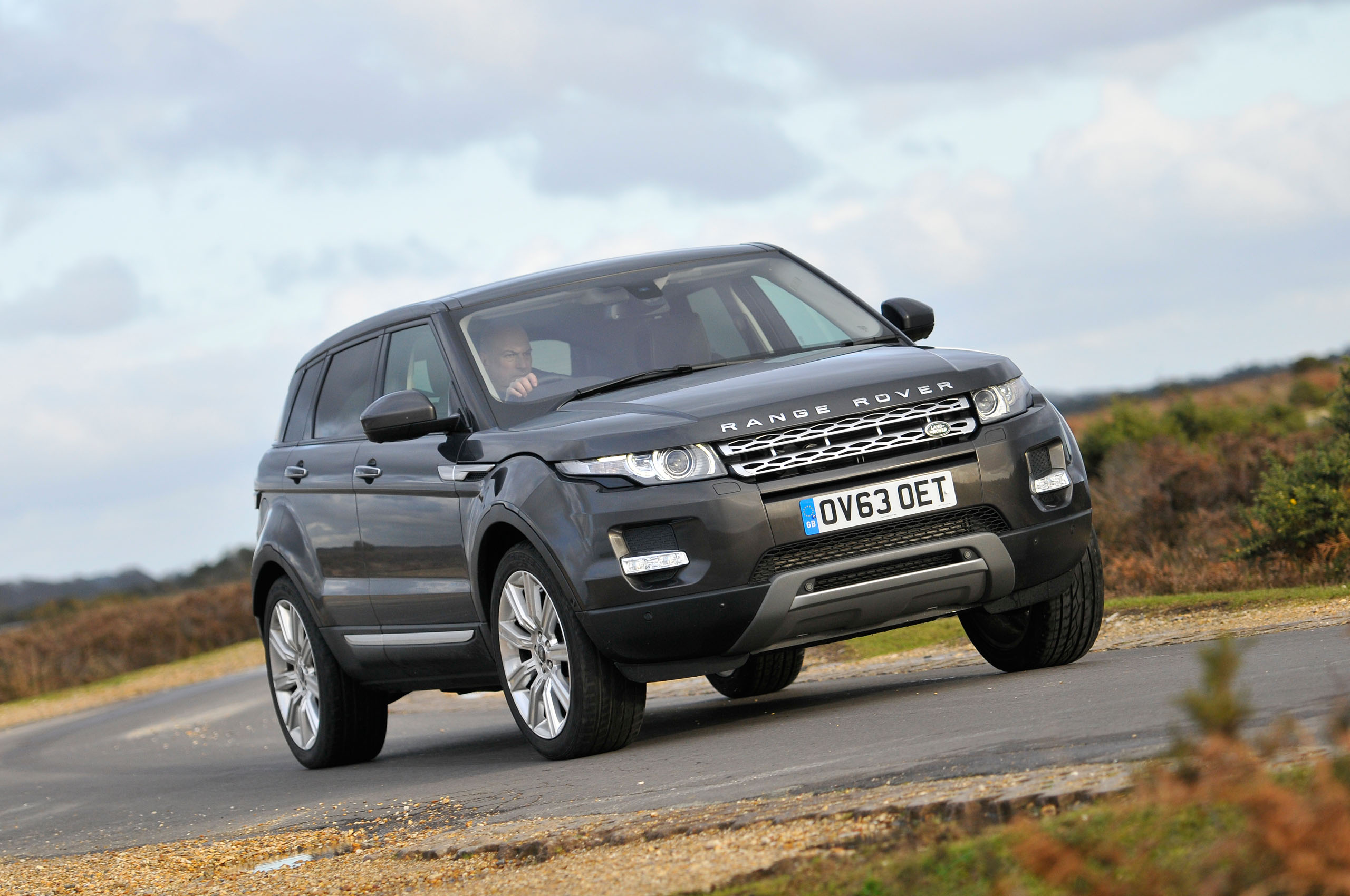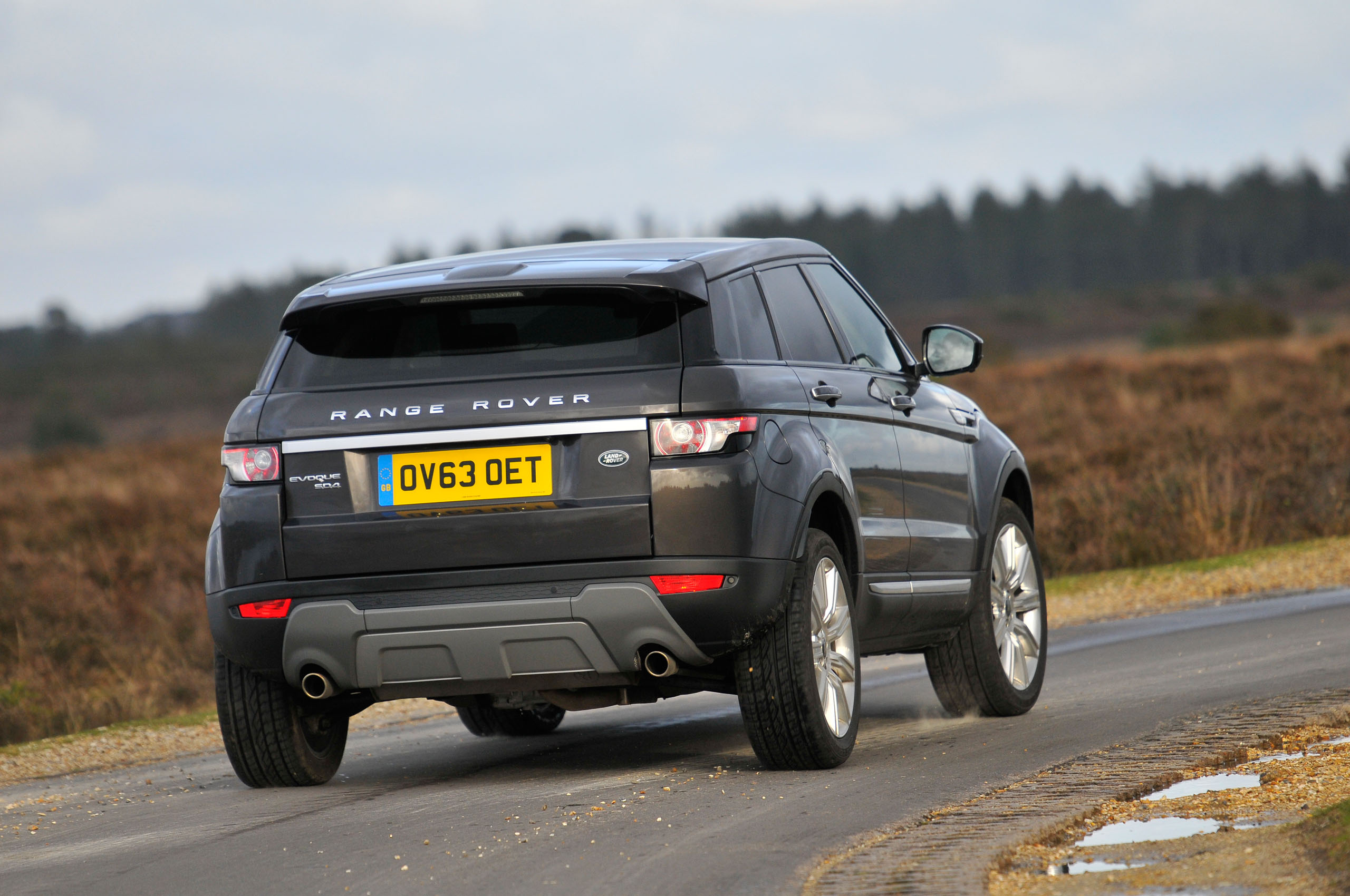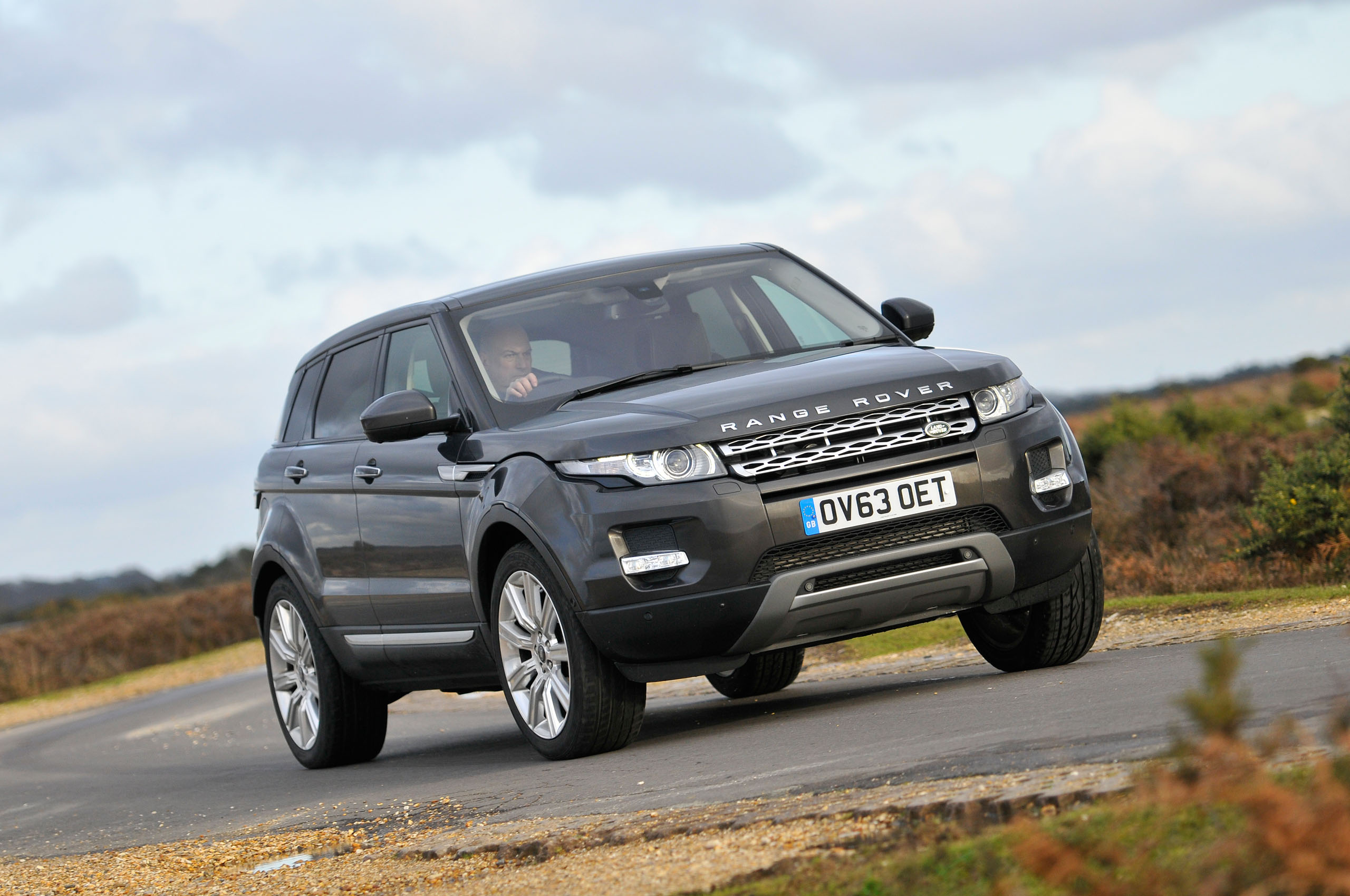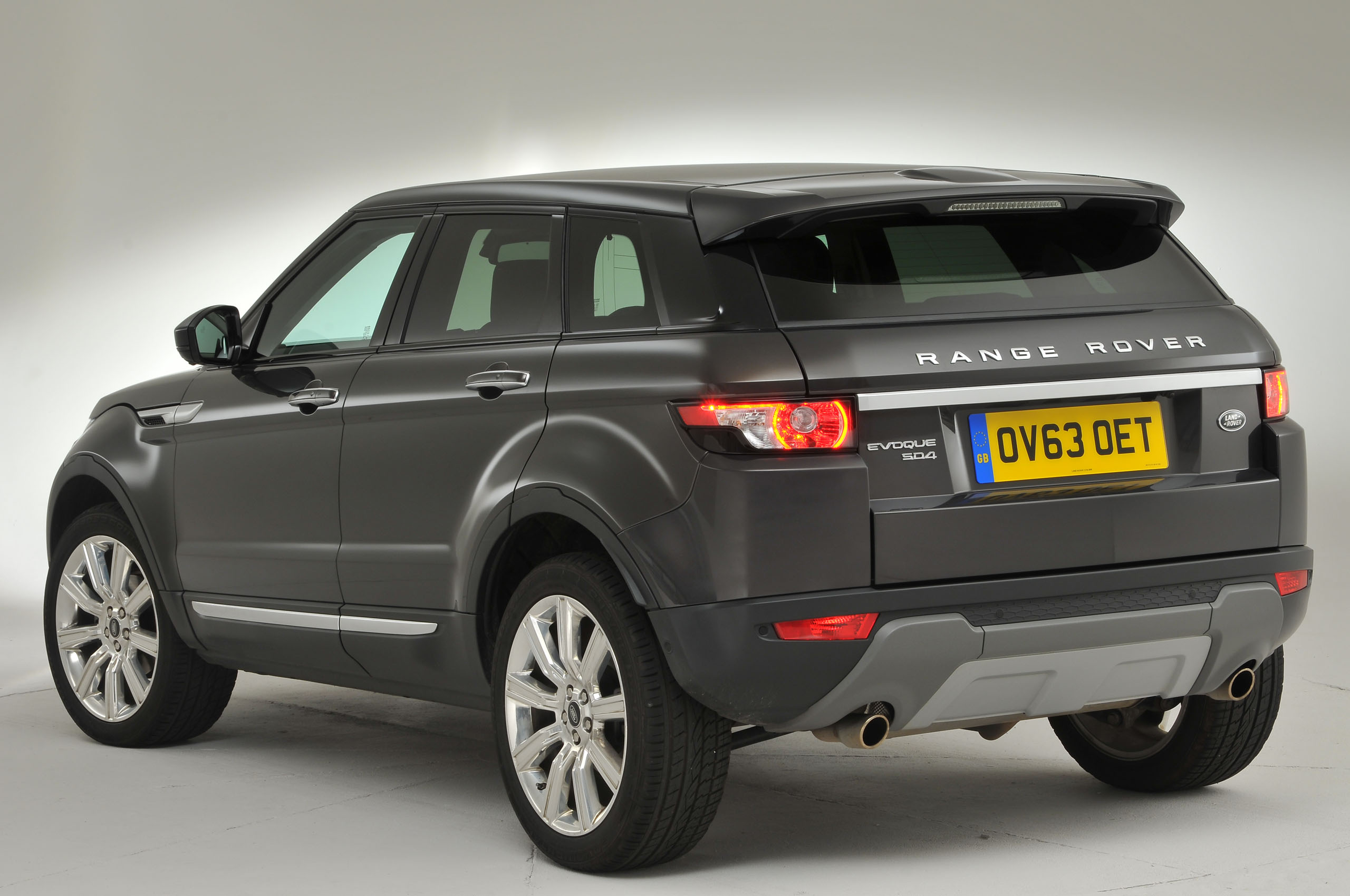The Range Rover Evoque brings new dynamism and sparkle to the Range Rover marque inside. The dials add new bling to the dashboard, and the centre console – throughout Land Rover history as upright as the car’s nose – rakes steeply down towards the transmission tunnel.
There rests the rotary gearlever dial, born in a Jaguar but fast becoming a feature of all automatic JLR cars, and surrounded by more neatly designed, smaller switchgear than in previous Range Rovers.
Land Rover has trodden a careful path with the Evoque’s cabin. It would have been easy to over-glamorise it. Instead, it just errs towards the classy, without being overly bejewelled (except perhaps in the dials department). Perceived quality is broadly very commendable. You will find no better plastics, leathers or textures at this price.
Those surfaces extend to leather seats, whose shape looks more appealing than it feels to sit in during spirited driving, where several of our testers felt them too flat.
They’re a compromise somewhere between the upright ‘command’ driving position of which Land Rover is proud (and which this car’s short length dictates if decent rear legroom is to be maintained), and the conventional low-car driving position most Evoque buyers will be more familiar with.
A widely adjustable steering wheel means most will be able to find a comfortable driving position, but it took some of our testers a touch longer than usual to do so.
The rear cabin is respectable for adults, but the three-door variant (which costs more than the five-door) does put headroom at a much greater premium. With a high floor, a low roof and a stubby rear overhang, you’d expect the boot to be small, but it’s respectable, at 550 litres.
However, it dispenses, unforgivably for an SUV, with a spare wheel. Throw the rear seats forward and you create 1350 litres of volume. Meanwhile, Land Rover has, perhaps more astutely, taken care to ensure the Evoque can take a set of golf clubs “without long clubs having to be removed from the bag”.
The trim levels consist of five trims for the coupé and five-door Evoques and two for the convertible. The entry-level SE trim adorns the Evoque with automatic wipers and lights, paring sensors, 18in alloy wheels, leather upholstery and electrically adjustable front seats as standard, while the SE Tech models gain adaptive xenon headlights, front foglights, a heated front windscreen, and JLR's InControl infotainment system complete with sat nav.
Upgrade to the mid-range HSE Dynamic and you'll find a bodykit, 20in alloy wheels, and JLR's InControl Touch Pro infotainment system complete with a 10.0in touchscreen display and a 380W Meridian sound system, while the HSE Dynamic Lux adds luxuries such as keyless entry, 360-degree camera, a panoramic roof, a powered tailgate, lane assist, autonomous emergency braking, traffic sign recognition and an 825W, 16-speaker Meridian sound system.
The range-topping Autobiography models come with adaptive LED headlights, thick carpet and Oxford leather upholstery, ventilated front seats, heated rear seats and JLR's InControl Connect Pro pack. Completing the standard Evoque range is a limited edition Ember model which includes all the equipment found on the HSE Dynamic Lux model plus a snazzy black body and red roof paint job.
The convertible models are available in HSE Dynamic and HSE Dynamic Lux trims, which mirror their coupé and five-door siblings on the equipment front plus an all-terrain control mode and protection against rolling over on the former, while the latter adds a 660W Meridian sound system plus a wind deflector to the package.



